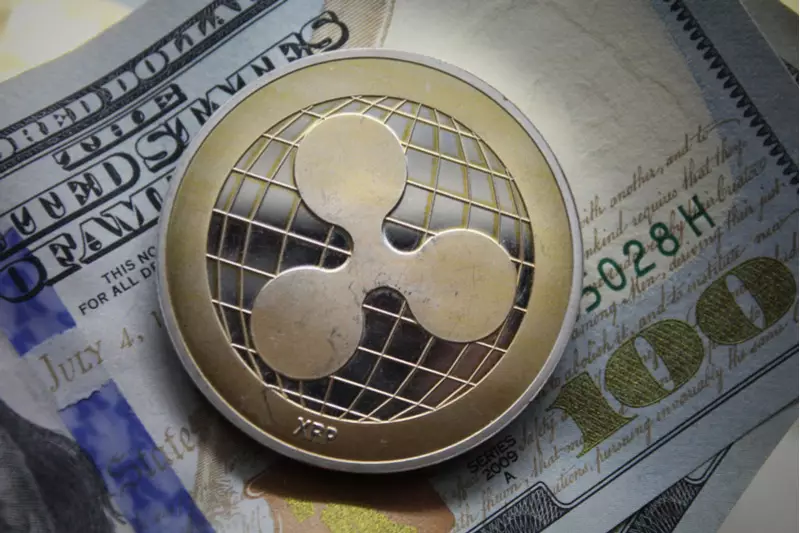The world of cryptocurrency is often rife with debates surrounding the legitimacy of various digital assets and their roles in the evolving financial ecosystem. Central to this discourse is the perspective espoused by Bitcoin maximalists, who argue that Bitcoin (BTC) should reign supreme above all other cryptocurrencies. A notable figure within this movement is Samson Mow, the CEO of JAN3, who has been vocally critical of alternative cryptocurrencies such as Ripple and its associated token, XRP. This article delves into Mow’s recent remarks and the implications of his singular vision for Bitcoin as the only cryptocurrency worthy of consideration.
Mow’s assertion that the U.S. government should limit its strategic cryptocurrency stockpile to Bitcoin alone reflects an unwavering commitment to the dominance of BTC. He argues passionately that including other cryptocurrencies in this reserve essentially translates to using taxpayer funds to support projects whose tokens were created under dubious circumstances. Mow’s stance is particularly critical of Ripple, illustrating his disdain with pointed comments aimed at the perceived lack of authenticity in the creation of XRP, which he claims was simply “pushed” into existence by its founders.
The Ripple Effect of Criticism
Interestingly, Mow’s fervent attacks on Ripple and similar altcoins resonate with a larger narrative within the crypto space, where altcoins are often derided as “s-coins.” Through his tweets and public engagements, Mow has not only marked Ripple as a target but has also contributed to a culture of condemnation that many believe can stifle innovation and collaboration within the industry. He mentioned in a recent tweet that the community does not harbor enough disdain for Ripple, inadvertently fueling hostility towards a project that has garnered significant attention and support.
Critics of Mow’s approach may argue that fostering animosity towards alternative cryptocurrencies undermines the potential for the entire digital currency ecosystem. While there is merit in championing Bitcoin, dismissing the contributions and potential of other projects like Ripple could be viewed as a narrow-minded approach that constrains the sector’s growth. After all, Ripple’s technology aims to improve international payments and streamline banking processes, which plays a crucial role in global finance.
The U.S. Government and Strategic Reserves
Mow’s debate surrounding the U.S. government’s potential cryptocurrency reserves opens up further discussion about the practicality of such a strategy. By putting Bitcoin on a pedestal while disavowing others, he raises thought-provoking questions about the nature of government intervention in private industry. Should taxpayer funds solely support Bitcoin, or is there an argument to be made for a diversified portfolio that reflects the breadth of innovation in the crypto sphere?
The shared vision of other influencers like Charles Hoskinson, who also supports the idea of restricting the U.S. crypto reserves to Bitcoin, adds weight to this debate. However, Hoskinson’s more inclusive approach—having recently collaborated with Ripple on establishing the RLUSD stablecoin—leans towards a more constructive engagement with competing technologies.
In an industry marked by rapid evolution and contentious discourse, the views held by figures like Samson Mow serve as both rallying cries for Bitcoin supporters and cautionary tales for advocates of a more inclusive approach toward cryptocurrency. While Bitcoin’s supremacy in the ecosystem is not to be dismissed, a conversation centered solely on exclusion may inadvertently inhibit the innovation that could ultimately benefit all digital assets. The future of cryptocurrency might be better served by collaborative efforts rather than divisive rhetoric, ensuring a space where various technologies can coexist and flourish.

